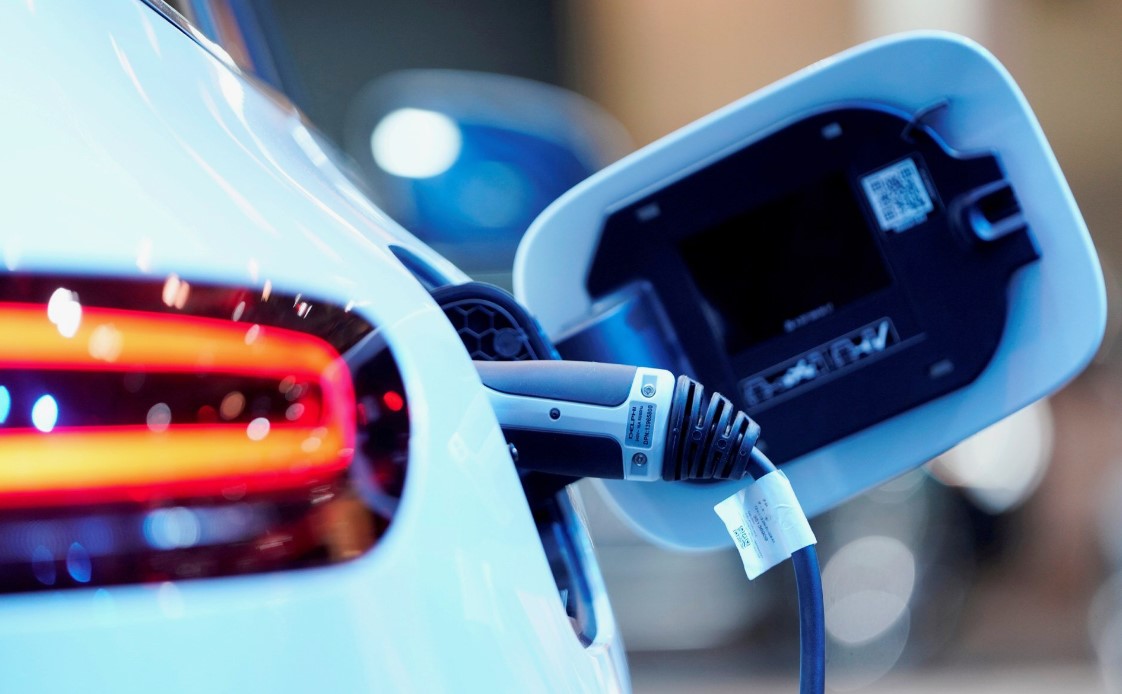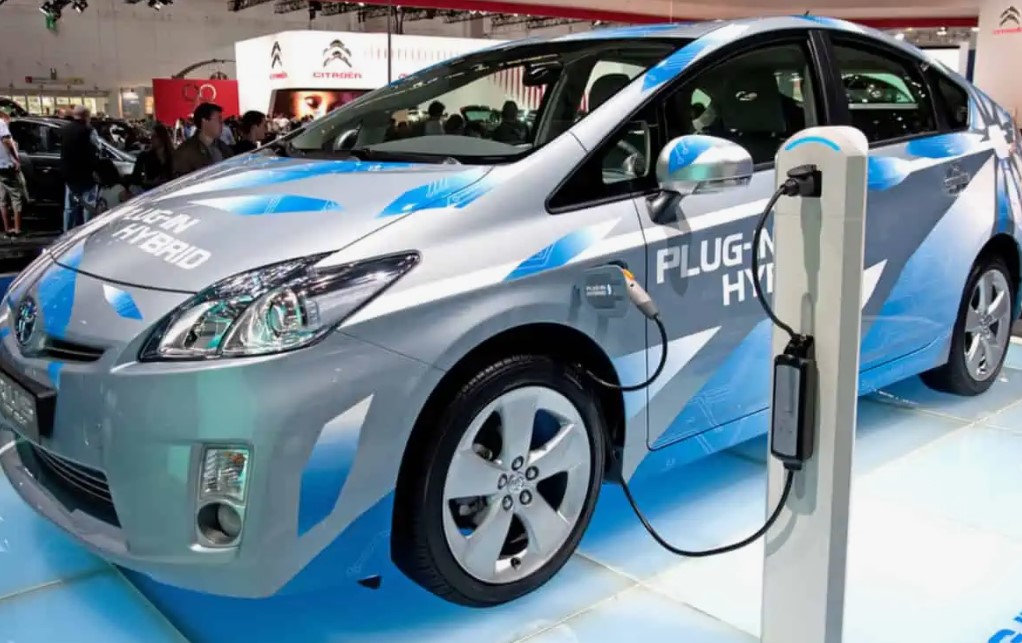Comparing Fuel Efficiency: Traditional vs. Hybrid vs. Electric Cars
As the automotive industry evolves, so do the options available for car rentals. With a growing focus on sustainability and fuel efficiency, renters now have the choice between traditional internal combustion engine (ICE) vehicles, hybrids, and electric vehicles (EVs). This comprehensive guide will provide a technical comparison of fuel efficiency across these three types of vehicles, helping you make informed decisions when looking for the best car rental in Australia.
Post Content
Understanding Fuel Efficiency
Fuel efficiency measures how effectively a vehicle converts fuel into energy for movement. It is typically expressed in miles per gallon (MPG) or liters per 100 kilometers (L/100 km). Electric vehicles’ energy consumption is often measured in kilowatt-hours per 100 miles (kWh/100 mi). Fuel efficiency depends on various factors, including engine technology, vehicle weight, aerodynamics, and driving conditions.
Traditional Internal Combustion Engine (ICE) Vehicles
Traditional ICE vehicles rely solely on gasoline or diesel to power the engine. These vehicles have been the standard for over a century, and while they have become more fuel-efficient over time, they still lag behind hybrids and EVs in terms of efficiency and emissions.
Technical Aspects
Engine Efficiency
Modern ICE vehicles use advanced technologies such as turbocharging, direct fuel injection, and variable valve timing to improve fuel efficiency. Despite these advancements, the average thermal efficiency of ICE engines is around 25-30%, meaning a significant portion of the energy from fuel is lost as heat.
Transmission Systems
Traditional vehicles use manual, automatic, or continuously variable transmissions (CVTs). Each type impacts fuel efficiency differently, with CVTs generally offering better fuel economy by maintaining optimal engine speeds.
Fuel Consumption
According to the U.S. Environmental Protection Agency (EPA), the average fuel economy for new ICE vehicles sold in 2021 was approximately 25 MPG (9.4 L/100 km). However, this can vary significantly based on the vehicle type, with compact cars achieving better fuel economy than larger SUVs and trucks.

Pros and Cons
Pros
Established Infrastructure: Widespread availability of refueling stations.
Initial Cost: Generally lower purchase and rental costs than hybrids and EVs.
Performance: Often have higher power output and towing capacity.
Cons
Fuel Efficiency: Lower fuel efficiency compared to hybrids and EVs.
Emissions: Higher greenhouse gas emissions and pollutants.
Maintenance: More frequent and costly maintenance requirements.
Hybrid Vehicles
Hybrid vehicles combine an ICE with an electric motor and battery pack to improve fuel efficiency and reduce emissions. Different hybrids exist, including mild, full, and plug-in hybrids (PHEVs), each offering varying degrees of electric assistance.
Technical Aspects
Powertrain Efficiency
Hybrids utilize both an ICE and an electric motor. The electric motor assists the engine during acceleration and can power the vehicle at low speeds, reducing fuel consumption. Regenerative braking helps recharge the battery by converting kinetic energy into electrical energy.
Fuel Consumption
According to the EPA, full hybrids like the Toyota Prius can achieve fuel economy ratings of around 50 MPG (4.7 L/100 km) or better. PHEVs can achieve even higher fuel efficiency by driving on electric power alone for short distances.
Battery Technology
Hybrids typically use nickel-metal hydride (NiMH) or lithium-ion (Li-ion) batteries. These batteries are smaller than those in fully electric vehicles but still significantly enhance fuel efficiency.
Pros and Cons
Pros:
- Fuel Efficiency: Higher fuel efficiency compared to traditional ICE vehicles.
- Reduced Emissions: Lower greenhouse gas emissions.
- Range: Longer driving range than EVs, with the ability to refuel quickly.
Cons:
- Initial Cost: Higher purchase and rental costs compared to traditional ICE vehicles.
- Battery Replacement: Potentially costly battery replacement after several years.
- Weight: Additional weight from the battery and electric motor can affect performance.

Electric Vehicles (EVs)
Electric vehicles are powered entirely by electric motors and batteries, offering zero emissions at the tailpipe. They are the most fuel-efficient type of vehicle and are becoming increasingly popular as technology advances and charging infrastructure expands.
Technical Aspects
Powertrain Efficiency
EVs use electric motors, which are significantly more efficient than ICEs. The typical efficiency of an electric motor is around 85-90%, meaning most of the electrical energy is converted into movement.
Energy Consumption
The EPA measures EV efficiency in terms of MPGe (miles per gallon equivalent) or kWh/100 miles. Leading EVs like the Tesla Model 3 have an efficiency rating of about 130 MPGe (16 kWh/100 miles).
Battery Technology
EVs primarily use lithium-ion batteries, which offer high energy density and long cycle life. Battery technology advancements continue to improve energy density, reduce costs, and extend driving ranges.
Charging Infrastructure
Charging options include home charging stations, public Level 2 chargers, and DC fast chargers. Charging times vary based on the charger type and the vehicle’s battery capacity.
Pros and Cons
Pros
Fuel Efficiency: Highest fuel efficiency among all vehicle types.
Emissions: Zero tailpipe emissions, significantly reducing environmental impact.
Maintenance: Lower maintenance costs due to fewer moving parts and no oil changes.
Cons:
- Initial Cost: Higher purchase and rental costs, though prices are decreasing.
- Range Anxiety: Limited driving range compared to ICE and hybrid vehicles, though ranges are improving.
- Charging Infrastructure: Still developing, with longer refueling times than traditional refueling.
Recent Trends and Studies
Market Trends
Increased Adoption
The global market for EVs has been growing rapidly. According to the International Energy Agency (IEA), the number of electric cars on the road reached 10 million in 2020, with sales increasing by 43% from the previous year.
Government Incentives
Many countries, including Australia, offer incentives to encourage the adoption of EVs and hybrids. These incentives include tax rebates, reduced registration fees, and subsidies for charging infrastructure.
Technological Advances
Advances in battery technology, such as solid-state batteries, promise to increase energy density and reduce costs, making EVs more competitive with traditional vehicles.

Fuel Efficiency Comparison
Traditional ICE Vehicles
- Average Fuel Economy: 25 MPG (9.4 L/100 km)
- Energy Efficiency: ~25-30%
- CO2 Emissions: Approximately 411 grams of CO2 per mile
Hybrid Vehicles
- Average Fuel Economy: 50 MPG (4.7 L/100 km)
- Energy Efficiency: ~35-40%
- CO2 Emissions: Approximately 205 grams of CO2 per mile
Electric Vehicles
- Average Fuel Economy: 130 MPGe (16 kWh/100 miles)
- Energy Efficiency: ~85-90%
- CO2 Emissions: Variable, depending on electricity source; can be as low as 0 grams of CO2 per mile with renewable energy
Making the Best Rental Choice
When looking for the best car rental in Australia, consider the following factors:
Driving Distance
EVs are ideal for short city trips due to their high efficiency and zero emissions. Hybrids may offer the best balance of efficiency and range for longer trips.
Availability of Charging Infrastructure
EVs are a practical choice in urban areas with abundant charging stations. Hybrids or traditional ICE vehicles may be more convenient in rural areas with limited infrastructure.
Rental Duration
Fuel savings might offset the higher initial cost of EVs for short-term rentals. Hybrids can provide significant fuel savings for long-term rentals without the range anxiety associated with EVs.
Environmental Impact
If reducing your carbon footprint is a priority, EVs and hybrids offer significant benefits over traditional ICE vehicles.
Cost Considerations
While EVs and hybrids have higher rental rates, the fuel savings can make them more economical in the long run. Calculate the total cost of ownership, including fuel and maintenance, to determine the best value for your needs.
Conclusion
Fuel efficiency is critical when choosing between traditional, hybrid, and electric vehicles for rental. Each type of vehicle offers unique advantages and challenges:
- Traditional ICE Vehicles: Lower initial cost and widespread refueling infrastructure but higher fuel consumption and emissions.
- Hybrid Vehicles: Balanced efficiency and range with reduced emissions and fuel consumption.
- Electric Vehicles: Highest efficiency and zero tailpipe emissions, but higher initial costs and limited range depending on charging infrastructure.
Understanding these differences can help you make an informed decision when looking for the best car rental in Australia. Whether you prioritize cost, convenience, or environmental impact, there is a vehicle option that meets your needs. Stay informed about the latest trends and advancements in automotive technology to make the most of your rental experience. When planning your next rental, consider your driving needs, charging infrastructure availability, and environmental priorities. Consult with rental companies to explore the best options and make an informed choice that suits your lifestyle and budget. With the right vehicle, you can enjoy a fuel-efficient and environmentally friendly driving experience, whether you’re exploring the city or embarking on a long-distance journey.










